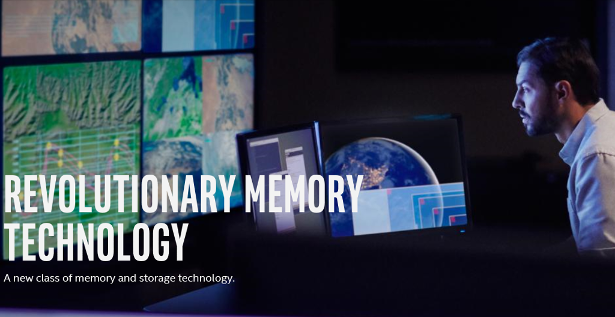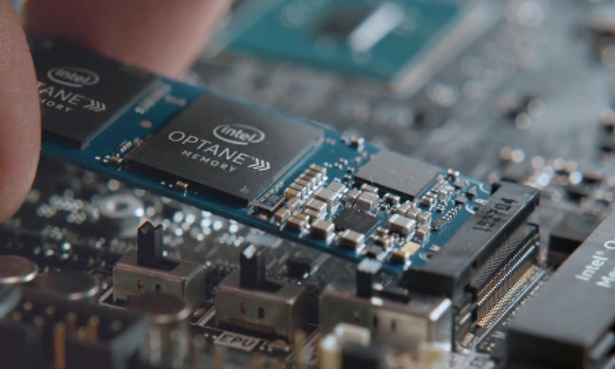Intel is announcing a new class of non-volatile memory (NVM) devices utilizing their new Optane™ Memory Technology. The Optane memory modules will be available in either 16GB or 32GB capacities, and they will connect via compatible motherboards’ M.2 slots.
 Pairing Optane memory with a large capacity HDD (or SATA SSD) will result in SSD-like speeds, while maintaining the higher capacity, as well as affordability. This setup is ideal for gaming, content creation or virtual reality.
Pairing Optane memory with a large capacity HDD (or SATA SSD) will result in SSD-like speeds, while maintaining the higher capacity, as well as affordability. This setup is ideal for gaming, content creation or virtual reality.
 Intel’s Optane memory will be offered as an option for new Intel-based consumer systems, including those that support Intel’s 7th generation Core (Kaby Lake) CPUs. Platforms and motherboards that support Intel’s Optane memory technology will be labeled as “Optane Ready” to indicate compatibility with Intel Optane memory, as well as ease of installation.
Intel’s Optane memory will be offered as an option for new Intel-based consumer systems, including those that support Intel’s 7th generation Core (Kaby Lake) CPUs. Platforms and motherboards that support Intel’s Optane memory technology will be labeled as “Optane Ready” to indicate compatibility with Intel Optane memory, as well as ease of installation.
 Intel has not yet revealed performance metrics, pricing, or exact availability. They do anticipate that users will be able to get their hands on Optane memory technology in Q2 of 2017. For more information, you can view Intel’s Optane Memory Technology announcement page here.
Intel has not yet revealed performance metrics, pricing, or exact availability. They do anticipate that users will be able to get their hands on Optane memory technology in Q2 of 2017. For more information, you can view Intel’s Optane Memory Technology announcement page here.
 Stay tuned for further developments as we continue our explorations here at CES 2017.
Stay tuned for further developments as we continue our explorations here at CES 2017.
 Technology X Tomorrow's Technology Today!
Technology X Tomorrow's Technology Today! 
Excellent and cost effective technology. For gamers, design professionals, modelers and others who use large amount of data, this could be a very economical and efficient way to boost computing resources. The technology is similar to their current Intel Smart Response, which requires two drives – an SSD and a hard drive in order to implement. This is kind of the same idea but using a faster system, especially for latency sensitive applications.
If you guys get a chance, I suggest you benchmark the two systems and see which system is better and for what application environment. I wonder what would happen with Intel Optane Memory and Intel Smart Response running on the same system.
Regardless, I believe both are highly cost efficient systems to increase productivity and lower storage/computing costs.